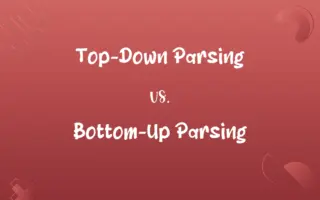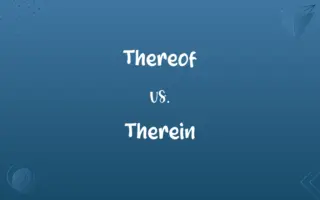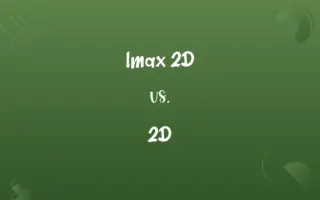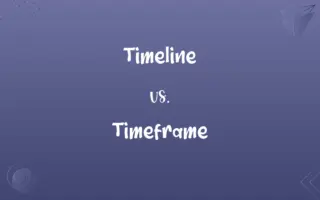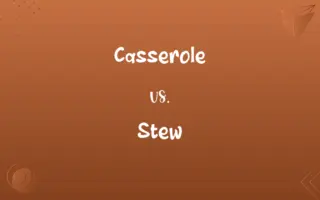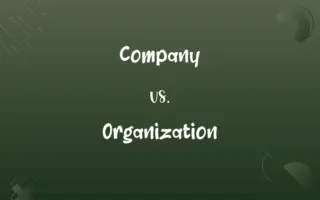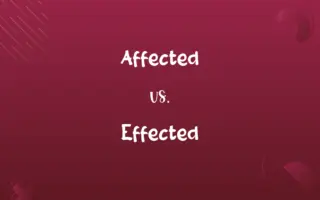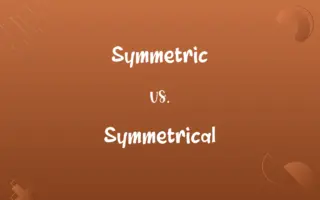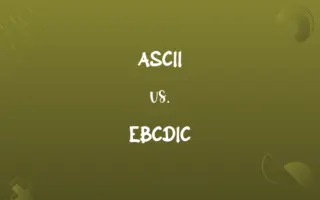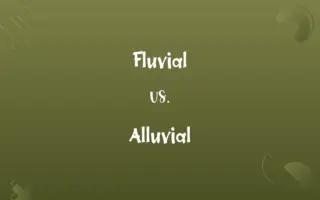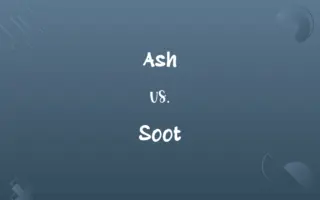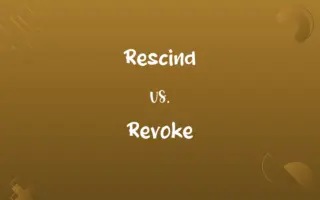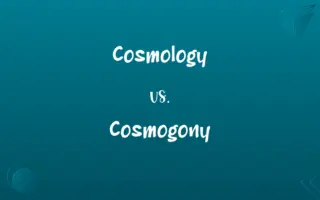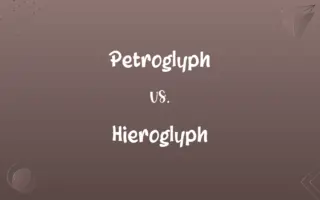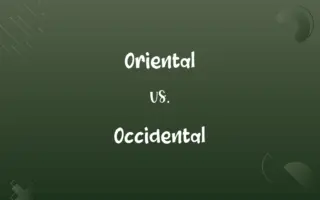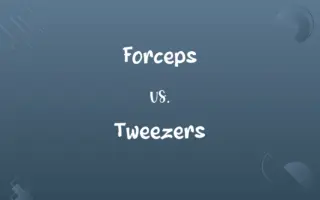Thixotropic vs. Pseudoplastic: Know the Difference

By Dua Fatima & Shumaila Saeed || Published on September 28, 2024
Thixotropic substances thin over time under constant shear, while pseudoplastic materials thin immediately with increased shear rate but recover viscosity faster.
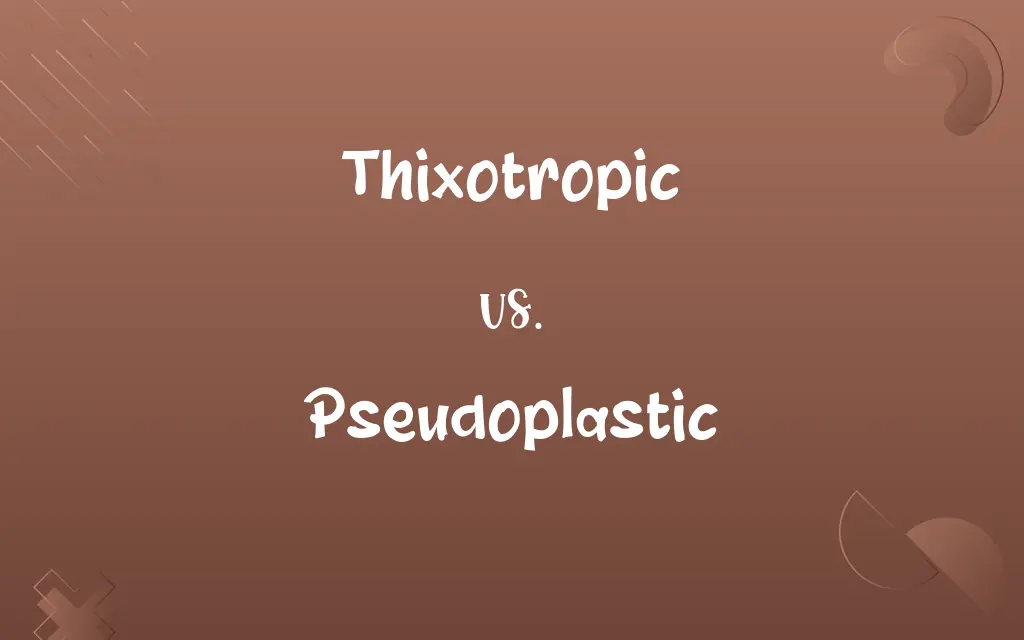
Key Differences
Thixotropy is a time-dependent property where a material becomes less viscous under constant shear and gradually returns to its original state once the shear is removed. Pseudoplasticity, in contrast, involves an immediate decrease in viscosity with an increase in shear rate, with a quicker recovery to original viscosity once the shear force is ceased.
Shumaila Saeed
Sep 28, 2024
Thixotropic materials, like certain gels and paints, require a period under shear to change viscosity, making them suitable for applications needing controlled flow. Pseudoplastic materials, such as ketchup, thin out more rapidly under shear, ideal for processes requiring instant flow adjustments.
Dua Fatima
Sep 28, 2024
The recovery time distinguishes thixotropy from pseudoplasticity; thixotropic materials take longer to regain their original viscosity, which can be beneficial in coatings and inks that need to stay in place after application. Pseudoplastics recover quickly, making them preferable in food and consumer products for ease of spreading or pouring.
Shumaila Saeed
Sep 28, 2024
Understanding the behavior of thixotropic versus pseudoplastic materials is crucial for designing products with desired flow properties. For example, thixotropic materials are often used in adhesives and sealants where gradual flow is advantageous, while pseudoplastic substances are chosen for their ease of application and immediate response to stress.
Shumaila Saeed
Sep 28, 2024
In industrial and manufacturing processes, the choice between thixotropic and pseudoplastic materials can significantly impact product performance, handling, and application methods, demonstrating the importance of material science in product formulation.
Dua Fatima
Sep 28, 2024
ADVERTISEMENT
Comparison Chart
Viscosity Response
Decreases over time under constant shear
Decreases immediately with shear rate
Shumaila Saeed
Sep 28, 2024
Recovery Time
Slow to regain original viscosity
Quickly recovers original viscosity
Dua Fatima
Sep 28, 2024
Ideal For
Applications requiring controlled flow
Processes needing instant flow adjustments
Shumaila Saeed
Sep 28, 2024
Behavior Under Constant Shear
Gradually thins, beneficial for coatings
Thins immediately, useful for ease of use
Hifza Nasir
Sep 28, 2024
ADVERTISEMENT
Thixotropic and Pseudoplastic Definitions
Thixotropic
Becomes less viscous over time under constant shear.
Many printing inks are thixotropic to prevent dripping.
Dua Fatima
Feb 26, 2024
Pseudoplastic
Suitable for instant flow adjustments.
Pseudoplastic food sauces improve handling and use.
Shumaila Saeed
Feb 26, 2024
Thixotropic
Benefits coatings and inks.
Thixotropic paints ensure a smooth application without sagging.
Shumaila Saeed
Feb 26, 2024
Pseudoplastic
Immediate decrease in viscosity with increased shear.
Pseudoplastic lotions spread easily when applied.
Dua Fatima
Feb 26, 2024
Thixotropic
Slow recovery to original viscosity.
Thixotropic adhesives stay in place during application.
Shumaila Saeed
Feb 26, 2024
ADVERTISEMENT
Pseudoplastic
Quick recovery to original viscosity.
Syrups are pseudoplastic for easy pouring and storage.
Dua Fatima
Feb 26, 2024
Thixotropic
Ideal for controlled flow applications.
Thixotropic sealants ease the application process.
Dua Fatima
Feb 26, 2024
Pseudoplastic
Thins out rapidly under shear.
Pseudoplastic fluids are used in non-drip paints.
Dua Fatima
Feb 26, 2024
Thixotropic
Requires time to change viscosity.
Thixotropic gels are perfect for medical applications due to controlled spread.
Dua Fatima
Feb 26, 2024
Pseudoplastic
Ideal for consumer products.
Pseudoplastic shampoos offer convenience in application and rinsing.
Shumaila Saeed
Feb 26, 2024
Thixotropic
The property exhibited by certain gels of becoming fluid when stirred or shaken and returning to the semisolid state upon standing.
Dua Fatima
Jan 25, 2024
Thixotropic
Becoming a fluid when agitated but solid or semi-solid when allowed to stand.
Dua Fatima
Jan 25, 2024
Pseudoplastic
(physics) Whose viscosity decreases as shear stress increases (as with paint and ketchup, for example).
Dua Fatima
Jan 25, 2024
Repeatedly Asked Queries
How does pseudoplasticity differ from thixotropy?
Pseudoplasticity involves an immediate decrease in viscosity with increased shear rate and a faster recovery to original viscosity, unlike the time-dependent viscosity change in thixotropy.
Dua Fatima
Sep 28, 2024
Can a material be both thixotropic and pseudoplastic?
Yes, some materials exhibit both properties, showing immediate viscosity decrease under shear and further viscosity reduction over time.
Dua Fatima
Sep 28, 2024
Why are thixotropic materials important in coatings?
Their slow viscosity recovery prevents sagging, allowing for smooth, even coatings that stay in place after application.
Shumaila Saeed
Sep 28, 2024
How is thixotropy measured?
Thixotropy is measured by observing the decrease in viscosity of a material under constant shear over time and its recovery once the shear is removed.
Dua Fatima
Sep 28, 2024
What role does pseudoplasticity play in manufacturing?
Pseudoplastic materials are favored for their ease of processing and application, allowing for efficient manufacturing and packaging.
Dua Fatima
Sep 28, 2024
What makes pseudoplastic materials preferred in food products?
Their rapid viscosity decrease under shear makes them easy to spread or pour, enhancing usability and consumer satisfaction.
Shumaila Saeed
Sep 28, 2024
Why is pseudoplasticity advantageous in syrups and sauces?
It allows for easy pouring when shear is applied (squeezing or shaking the bottle) and prevents dripping when the shear is removed.
Dua Fatima
Sep 28, 2024
How do thixotropic properties benefit adhesives?
They prevent the adhesive from running or sagging during application, ensuring it stays in place until it sets.
Shumaila Saeed
Sep 28, 2024
Can thixotropic properties be engineered?
Yes, through formulation adjustments and additives, materials can be designed to exhibit specific thixotropic behaviors.
Dua Fatima
Sep 28, 2024
Are there environmental factors that affect thixotropic behavior?
Yes, temperature and humidity can influence the rate of viscosity change and recovery in thixotropic materials.
Dua Fatima
Sep 28, 2024
What testing methods are used for pseudoplastic materials?
Rheological testing, where the material's response to different shear rates is measured to determine its viscosity behavior.
Hifza Nasir
Sep 28, 2024
What defines a thixotropic material?
A thixotropic material decreases in viscosity over time under constant shear and slowly returns to its original state once the shear is removed.
Shumaila Saeed
Sep 28, 2024
What is the significance of recovery time in thixotropic vs. pseudoplastic materials?
Recovery time is crucial for applications where material stability and performance after application are important, affecting the choice between thixotropic and pseudoplastic materials.
Hifza Nasir
Sep 28, 2024
How does shear rate affect pseudoplastic materials?
The shear rate directly influences the viscosity of pseudoplastic materials; higher shear rates lead to lower viscosities.
Shumaila Saeed
Sep 28, 2024
How do industries choose between thixotropic and pseudoplastic materials?
The choice depends on the desired application performance, processing requirements, and end-use conditions, balancing ease of use with functional properties.
Shumaila Saeed
Sep 28, 2024
Share this page
Link for your blog / website
HTML
Link to share via messenger
About Author
Written by
Dua FatimaCo-written by
Shumaila SaeedShumaila Saeed, an expert content creator with 6 years of experience, specializes in distilling complex topics into easily digestible comparisons, shining a light on the nuances that both inform and educate readers with clarity and accuracy.

